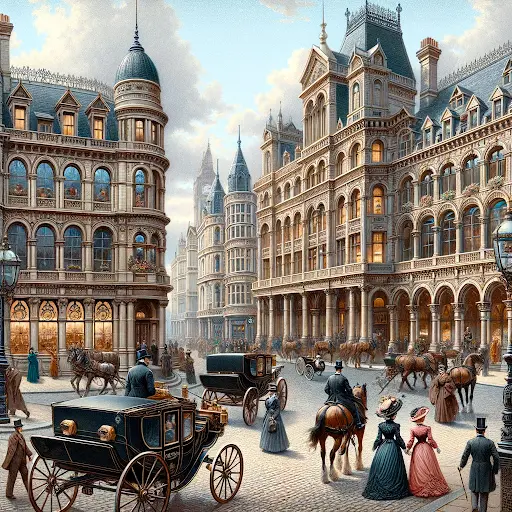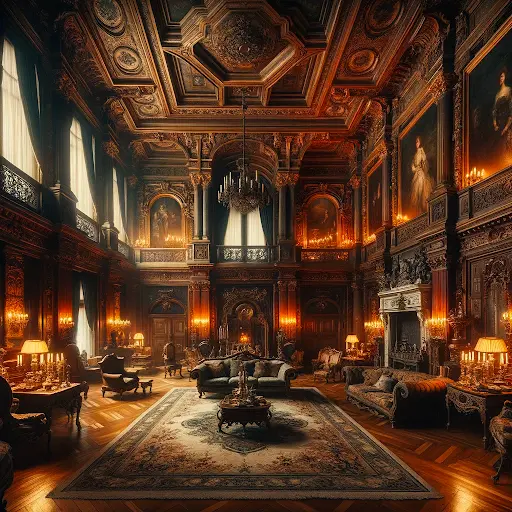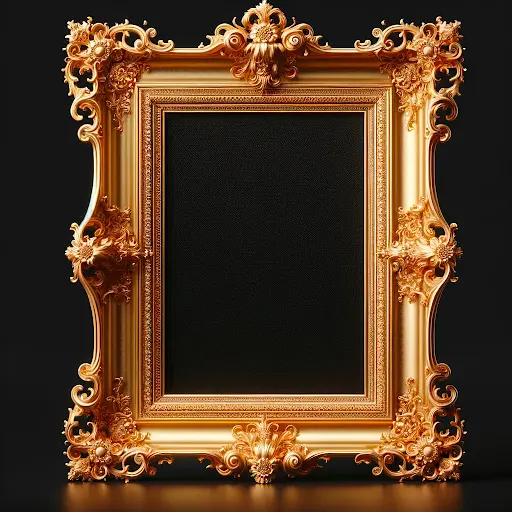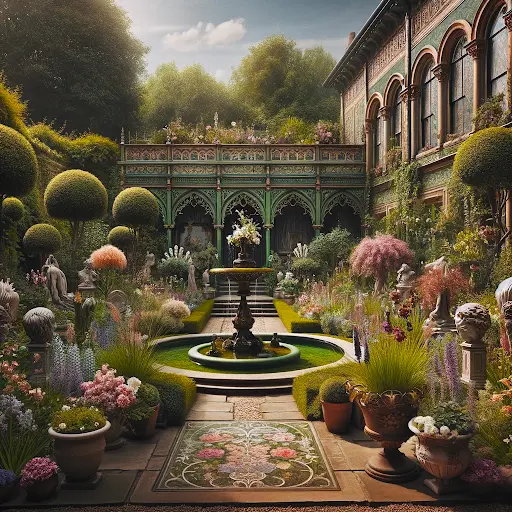Exploring Timeless Themes in “The Picture of Dorian Gray”
Updated: 13 December 23
11
Introduction
“The Picture of Dorian Gray” by Oscar Wilde captivates readers with its blend of gothic and philosophical elements. This novel, significant for its daring portrayal of Victorian society, is a masterpiece that resonates with modern audiences as much as it did with its contemporary readers. Wilde’s only novel, it’s a brilliant exploration of beauty, morality, and the nature of the soul.

Author’s Background
Oscar Wilde, an Irish poet and playwright, was known for his biting wit, flamboyant style, and brilliant conversational abilities. Born in 1854, Wilde became one of London’s most popular playwrights in the early 1890s.
His works, including “The Importance of Being Earnest” and “Lady Windermere’s Fan,” are celebrated for their satirical take on Victorian society. Wilde’s profound understanding of aesthetics and morality deeply influences “The Picture of Dorian Gray,” showcasing his expertise in exploring complex themes.

Main Content of the Review
Summary
“The Picture of Dorian Gray” revolves around Dorian, a young man who becomes the subject of a portrait by artist Basil Hallward. Enthralled by his own beauty and under the influence of Lord Henry Wotton’s hedonistic worldview, Dorian wishes that his portrait would age instead of him. This wish comes true, leading him down a path of moral degeneration, with each sin leaving its mark on the portrait while he remains physically untouched.

Critical Analysis
Wilde’s novel excels in its rich character development and eloquent dialogue, though some may find the philosophical discussions lengthy. The contrast between Dorian’s outward innocence and inner corruption is masterfully portrayed.
However, the book’s pacing can be uneven. Comparatively, “The Picture of Dorian Gray” stands out in the gothic literature genre for its focus on aestheticism and moral introspection, setting it apart from contemporaries like Bram Stoker’s “Dracula.”

Personal Reflection
Reading this novel, one is compelled to reflect on the superficial nature of society and the obsession with youth and beauty. It serves as a reminder of the consequences of unchecked hedonism and the loss of moral compass.

Recommendation
This book is highly recommended for readers interested in classic literature, gothic novels, and philosophical explorations of morality and beauty. It’s particularly appealing to those intrigued by the complexities of human nature.

Conclusion
“The Picture of Dorian Gray” is a profound exploration of aestheticism, morality, and the human soul. Wilde’s eloquent prose and insightful commentary on Victorian society make it a must-read.

Author Bio of the Reviewer
At My Review Book (MRB), our team’s diverse backgrounds in literature and passion for in-depth analysis bring unique perspectives to our reviews. Our commitment to exploring and understanding the essence of each book aligns perfectly with Wilde’s intricate narrative in “The Picture of Dorian Gray.”
Please Write Your Comments